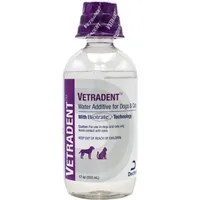8 fascinating things to know about cat teeth
Questions about cat teeth? Here's everything you ever needed to know about our feline friends' pearly whites

Need to know all the facts about cat teeth? Whatever questions you might have about your kitty’s pearly whites, from keeping cat teeth clean to do kittens lose their teeth, you should be able to find the answers right here.
For cats their teeth – alongside their claws – are essential tools for catching and killing prey, as well as for eating, but on the whole we don't really see a lot of them. Cats tend to keep their mouths firmly closed a lot of the time, and we're most likely to catch a glimpse of their teeth (in particular their fangs) when they're having a good yawn, or if you see your cat panting.
When you do get a look at cat teeth, though, you might have questions. Like, what's the deal with those tiny front teeth? We're here to answer that question and more besides.
Because cats mostly keep their teeth to themselves (except when they're out hunting small furry things), it's not always easy to spot if they're having tooth problems. So as well as giving you all the facts about cat teeth you need to know, we can also provide you with guidance on potential problems as well as advice on good feline oral hygiene.
Read on to discover the answers to all your feline dental questions.
8 questions about cat teeth answered
1. How many teeth do cats have?
A healthy adult cat should have 30 teeth in total: 16 on its top jaw and 14 on the bottom jaw. Kittens, on the other hand, have just 26 teeth, sometimes known as baby, primary or milk teeth. Their proper name, though, is deciduous teeth.
2. What are cat teeth called?
You’ll find four distinct types of tooth in an adult cat’s mouth. The little ones front and center are called incisors (more on those in a bit), and to either side of them you'll find those oh so obvious fangs, properly known as canines, which are long and sharp and used for biting into other animals when hunting or fighting.
Get the best advice, tips and top tech for your beloved Pets
Behind the canines are the pre-molars, used for chewing food down to a swallowable size, and then right at the back of your cat's mouth are the smaller, tougher and serrated molars, used for crunching kibble and bones.
One thing you might not realize is that cats can’t chew their food in the same way as we do. Our jaws move from side to side as well as up and down, making it easier to grind tough food down, while cats' jaws only move up and down, so they rely on their tough, sharp molars and pre-molars and lots of jaw pressure to crush and shred their food into something they can swallow.
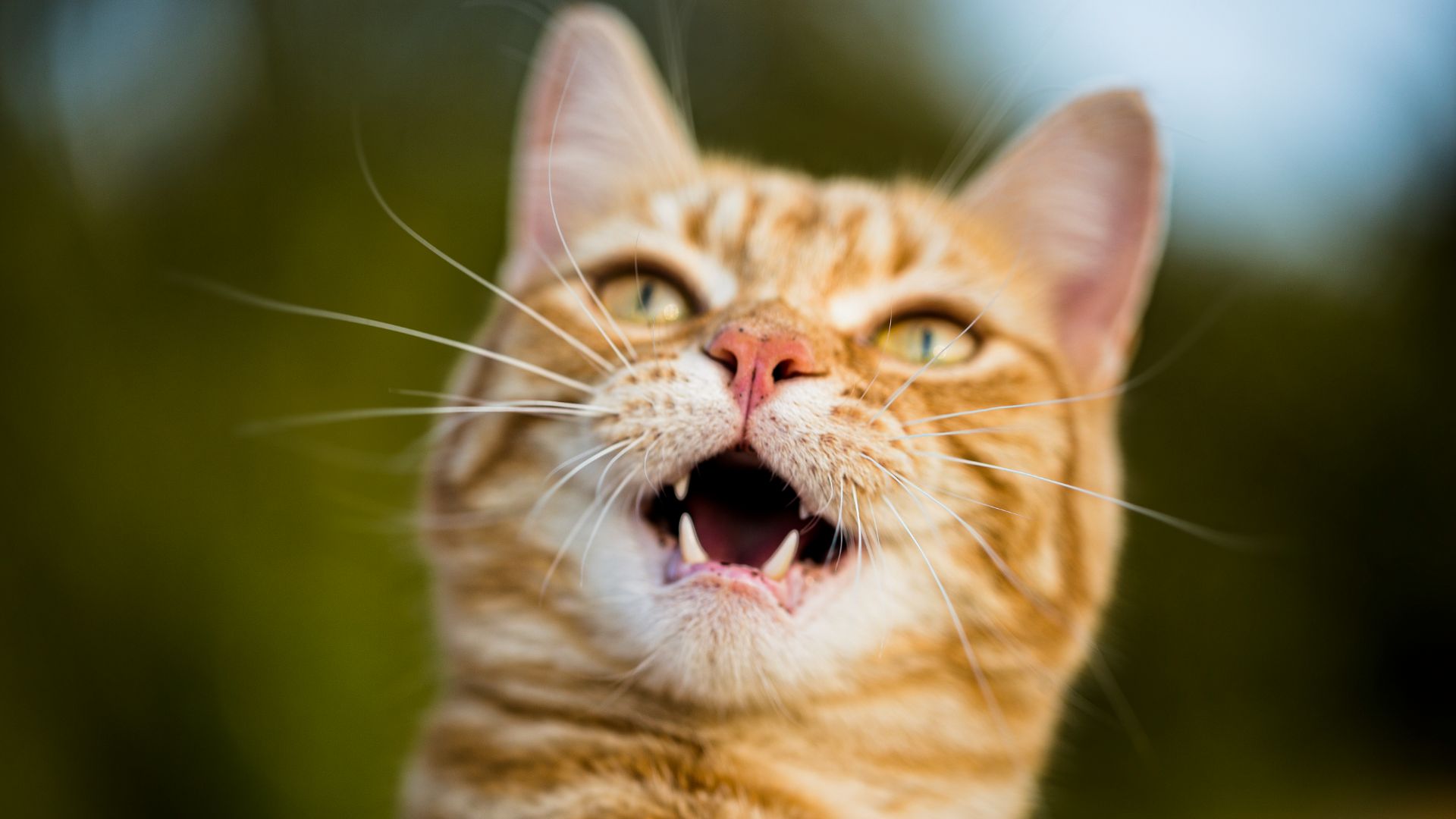
3. Is it normal for cats to lose their teeth?
Cats lose all their teeth early in life; that is, as kittens they start off with a set of deciduous or milk teeth, which fall out fairly quickly to be replaced by adult teeth; you can learn all about this in our guide: Do kittens lose their teeth? And if you’ve got a teething kitten, check out the best teething toys for kittens to help them through it.
Adult cats shouldn't lose their teeth, but of course this can still happen, but it's normally down to injury or disease, or of course having to have them removed by a vet.
4. At what age do cats start losing their teeth?
Adult cats shouldn't naturally lose their teeth at any age, but that's not to say they'll get through their entire lives without losing one or two for whatever reason. Kittens, on the other hand, start to lose their deciduous teeth at around 12 weeks of age, with their adult teeth coming through soon after.
Incisors are the first to arrive, around three and a half months, followed by canines and molars at around five months, and the last adult teeth to grow in are the pre-molars, which should have all arrived by about six months.
5. Why do cats have such tiny front teeth?
Those little incisors at the front of your cat's mouth don't look very effective, do they? But looks can be deceptive.
Your cat's incisors don't need to be big, because they serve two main purposes: they're mostly used for gripping prey and for grooming, so they just need to be little and tough.
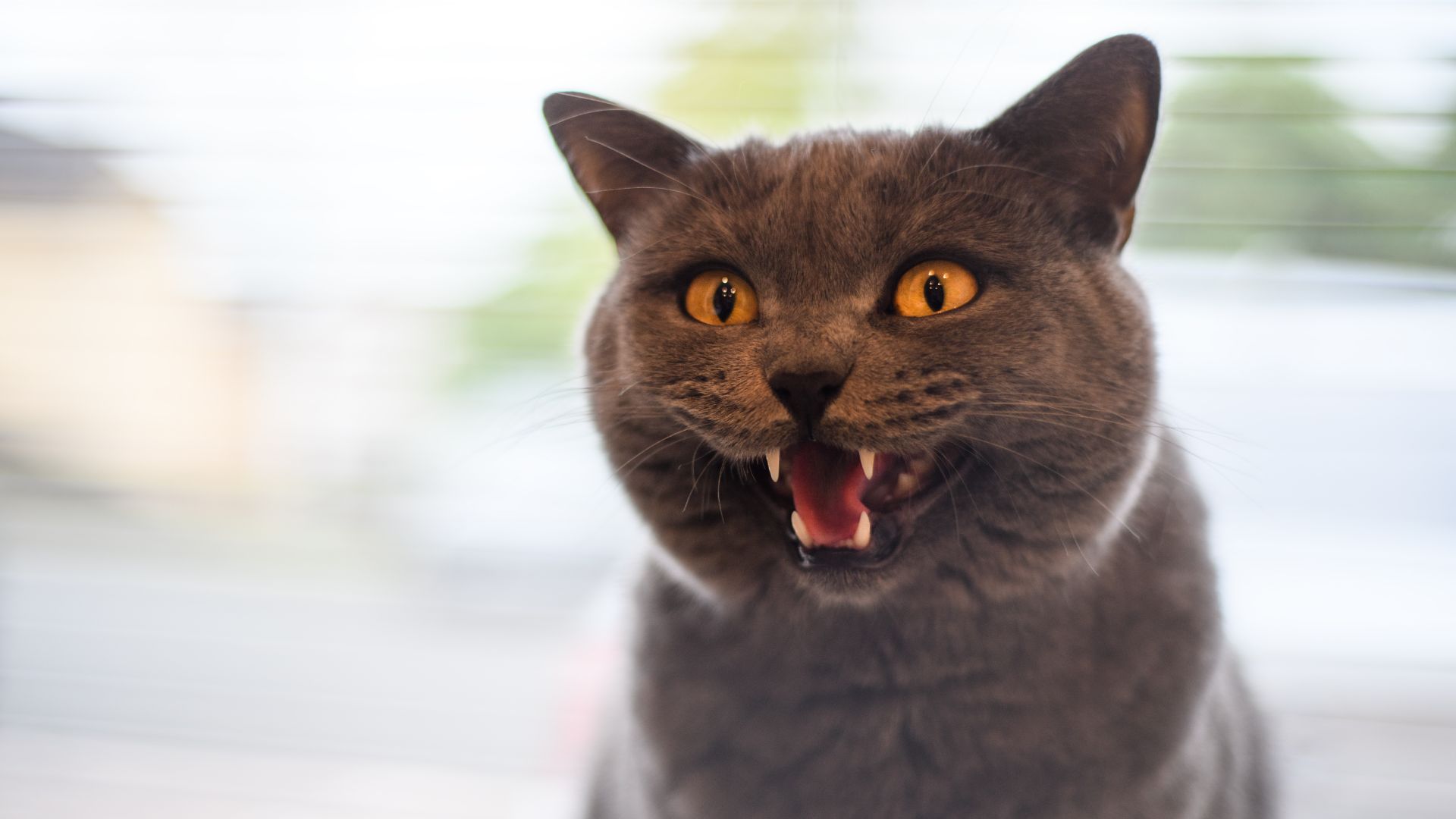
6. Is it normal for cats to not have front teeth?
In short: no. It's possible that you might not think your cat has front teeth because they're very small and of course cats don't bare their teeth very often.
However it's possible that some of your cat's kitten teeth may not have fallen out and they're preventing its adult teeth from coming through; a more likely outcome is that your cat may have an overcrowded mouth with both deciduous and adult teeth trying to share the same space.
If you're concerned that your cat's teeth don't seem to be growing correctly, you should get it checked out by a vet.
7. How can you tell how old a cat is by its teeth?
It's sort of possible to get an idea of a cat's age from its teeth, but it's far from fool proof. With a kitten you can roughly figure out its age from the ratio of deciduous to adult teeth, but beyond that it all gets a bit dicey.
The amount of tartar on a cat's teeth can be a rough indicator of its age, and a cat with lots of visible tartar is probably getting on a bit; however an older cat with a good diet may well have less tartar than a younger cat that hasn't been eating so well. For more useful tips, see our vet's guide on how to tell a cat's age.
8. Why are my cat’s teeth so sharp?
If you've ever been bitten by a cat (and been left wondering why does my cat bite me?) you'll know that their teeth are really sharp. And the simple reason is that cats are built for hunting, fighting and for eating raw meat, both of which require sharp, tough teeth.
Sharp teeth mean that they can kill prey more effectively and eat it quickly; they'd have a much harder time as predators with less finely-honed teeth.
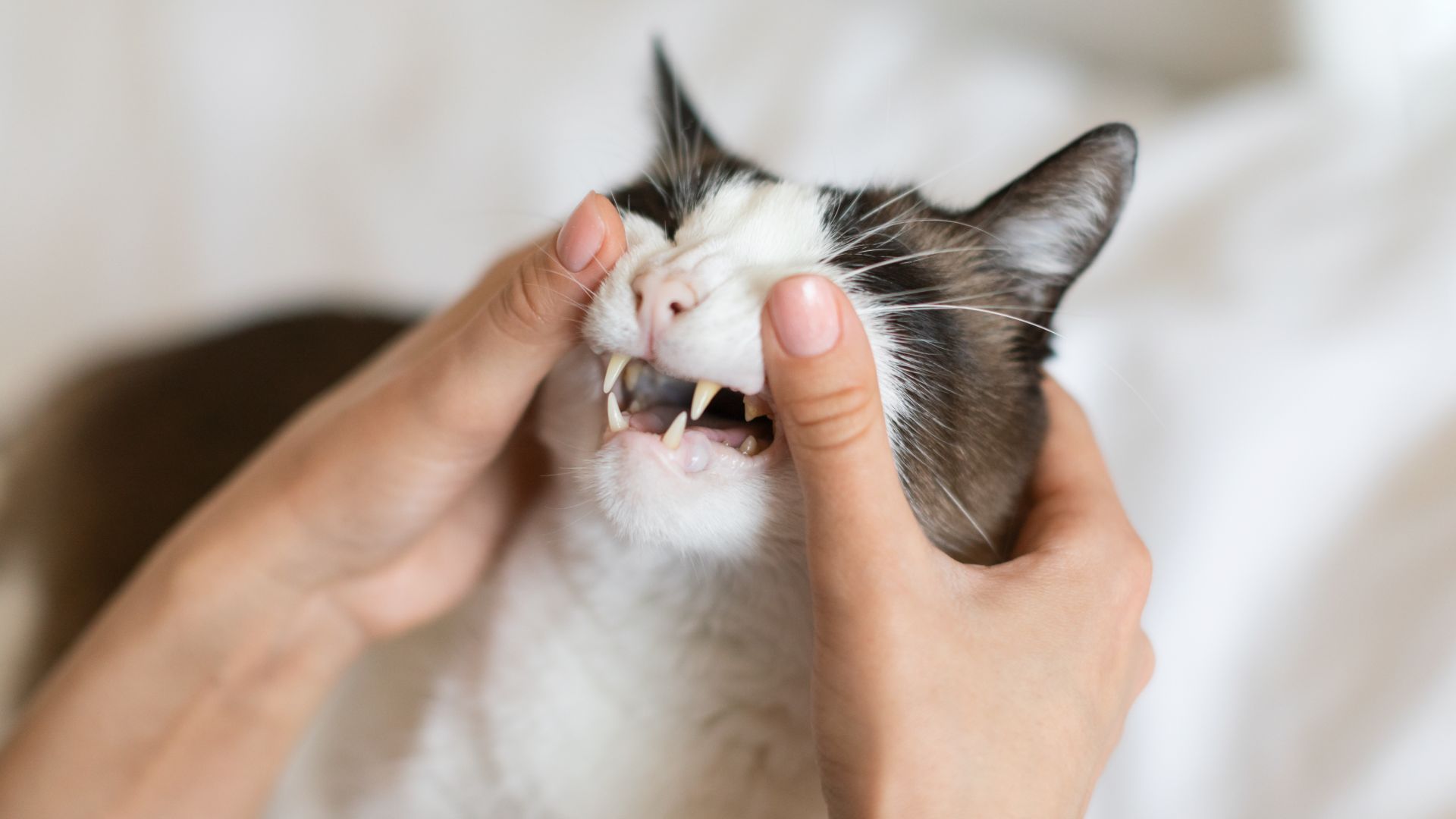
Health problems with cat teeth
There are three main health problems you need to keep an eye out for with cat teeth, and unfortunately it's not always easy to be on the ball with this, because cats generally won't give away any signs that they're having tooth problems if they can possibly help it.
According to companion animal vet Dr Rebecca MacMillan, cats with dental disease may have heavy tartar, which looks like calcified grey-brown material on the tooth surface. “Gingivitis is often seen as red, bleeding, and inflamed gums,” she adds. “In some cases, you may even notice bad breath and loose, broken, or missing teeth.
“Cats with dental health problems may drool more than usual and paw at their face.” If gingivitis is left untreated, this can lead to periodontal disease, which can result in loose teeth and even tooth loss. This is not to be confused with stomatitis in cats, a painful and chronic disease.
Finally there's tooth resorption, which is the most common cause of tooth loss in cats. It's a breakdown of the structure of the tooth itself and can be especially painful for cats. “It appears as tiny bits of missing enamel or red patches on the teeth, usually towards the gum line, and often goes unnoticed by owners.” says Dr MacMillan. “The enamel has eroded in these areas, exposing the sensitive part of the tooth, which can be very painful. Many cats will visibly tremble or react when these areas are gently touched.”
Dr MacMillan says not to wait for your cat to be off their food. “Survival will drive most cats to continue eating despite having bad dental disease, so appetite should never be used as an indicator of their comfort levels,” she says. “If you suspect your cat has dental disease, then you should get your cat examined by a vet. They will be able to assess your cat and determine whether they require dental treatment to help improve their symptoms.”
One of the best ways to avoid tooth problems is to get your cat checked out by a vet regularly, and to watch out for tell-tale signs such as drooling and pawing at the mouth.

How to care for your cats teeth
The other leading way to avoid feline dental issues is to take care of your cat's teeth yourself. Making sure kitty has plenty of crunchy food to scrape off tartar is an easy fix to ensure a healthy mouth; as well as standard kibble you can also get specific dental biscuits as well as veterinarian-approved options.
If you're prepared to go all-out to help your cat keep its teeth healthy and strong, however, it's time to think about brushing its teeth. This may seem like a hair-raising proposition (both for you and your cat), but if you go about it the right way, it'll keep your furball's teeth and gums in tip-top shape.
“You can and should brush your cat’s teeth, but only if you are able to do so safely,” says Dr MacMillan. By building a positive association with the toothbrush through high-value treats and praise, it is possible to regularly examine and brush your cat’s teeth.”
Dr MacMillan recommends introducing your cat to toothbrushing gradually. “Start by letting the cat sniff and rub their face against a clean, dry pet toothbrush,” she advises. “Reward and praise them for this. Once they are happy with having the toothbrush near, try putting some pet-safe toothpaste on it and let them lick it off.
“When you progress to actual brushing, gently lift a lip and do a couple of small brushes, quickly rewarding your cat and praising them throughout. Build this up slowly over time, so that you are always creating a positive association with the toothbrush. If your cat is wary, take a step backward and try again more slowly.”
To learn all about it, see our vet's guide on how to brush your cat's teeth.
Petsmile Professional Pet Toothpaste
This toothpaste is the only dog toothpaste approved by the Veterinary Oral Health Council. It reduces tartar and plaque, brightens teeth, freshens breath
Vetradent Dental Wipes for Dogs and Cats
These wipes are scientifically formulated to reduce tartar and have a natural, organic vanilla flavour your pet will love
Dechra Vetradent Water Additive for Dogs and Cats | Amazon
This easy-to-use water additive contains zinc chloride and citric acid to reduce bad breath and restore pH balance. It is odorless, tasteless and colorless.
What if my cat won’t let me brush their teeth?
While brushing is best, Dr MacMillan advises there are other ways to protect your cat’s mouth. “If you are unable to implement teeth brushing, I suggest looking at The Veterinary Oral Health Council’s list of approved products for things you could try,” she says. “These products have been scientifically proven to help improve dental hygiene. These dental diets, treats, and supplements will all help with your cat’s oral care, but they are usually best when used alongside teeth brushing if you are able.”
Want to stop your cat play biting? This feature can help you. Or read, I had no idea my cat had gingivitis! Here's how to prevent it
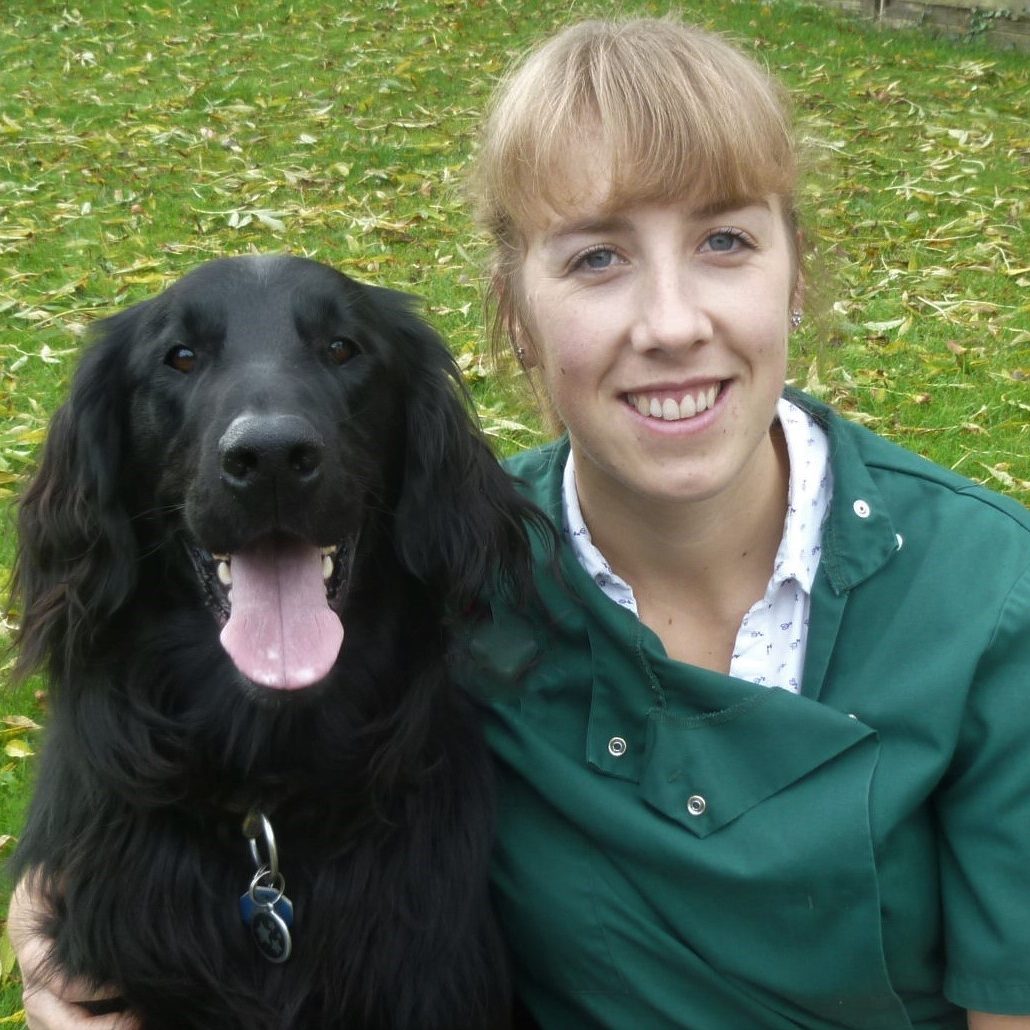
Dr MacMillan is a companion animal vet who has always had a passion for writing and client communication. She works in the South West and loves complex medical cases.
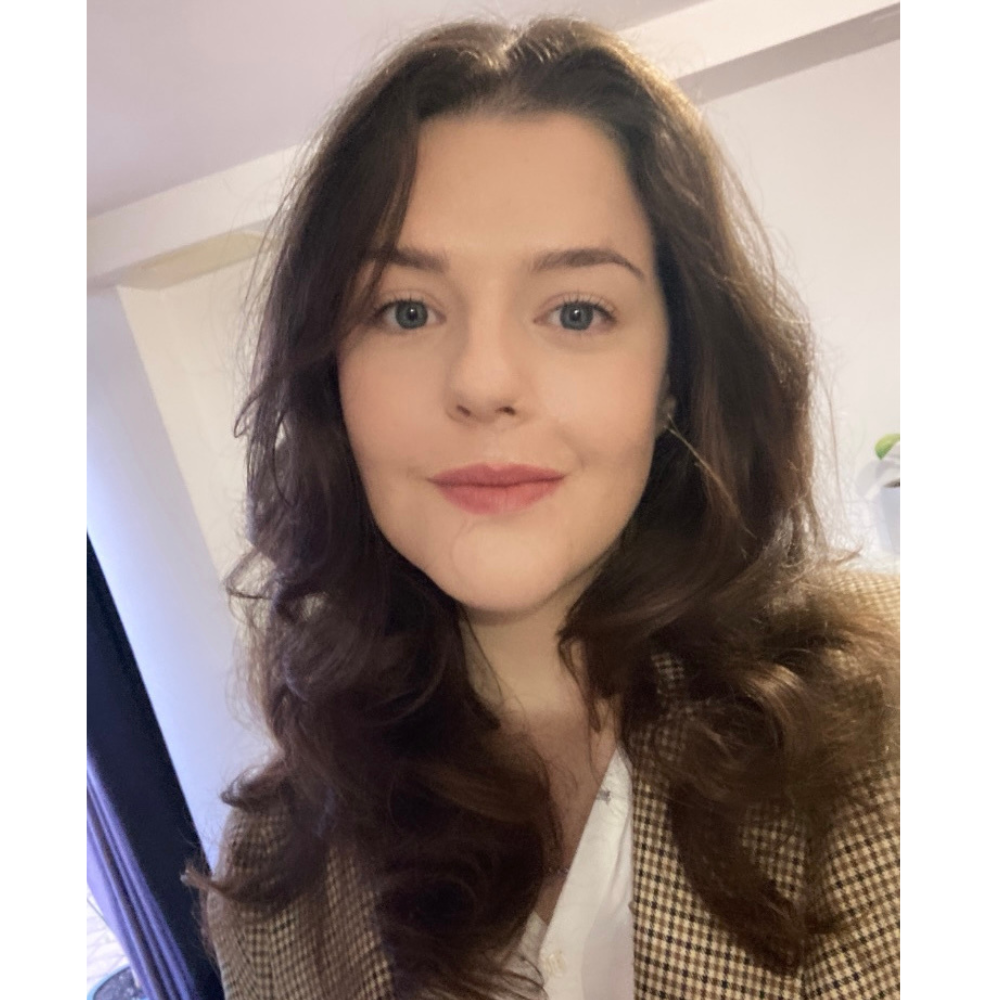
Bethany is an experienced writer who has been writing across the pets and equestrian sector for eight years.
Jim is a writer, performer and cat-wrangler based in Bath, who last year adopted a pair of sibling rescue cats who turned out to be effectively feral, and has spent a lot of time since then trying to get them accustomed to people (some success) and each other (ongoing project).
- Bethany StoneFreelance Writer
- Dr. Rebecca MacMillanVet


